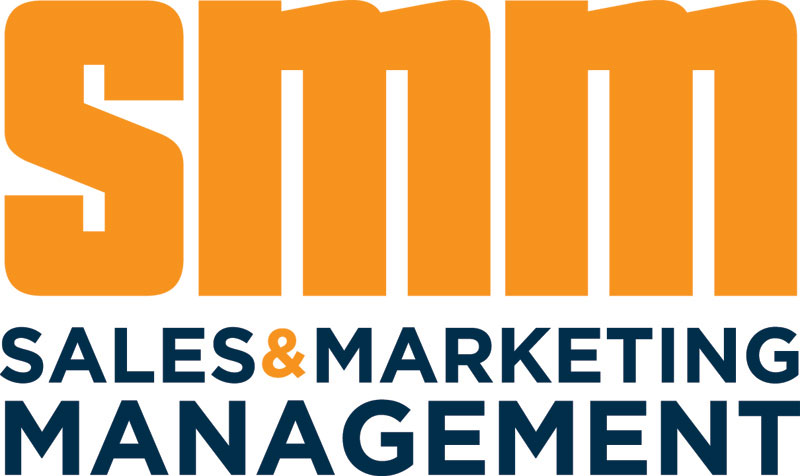White Papers & eBooks
|
Are you struggling to improve adoption of your sales methodology or deliver outcomes with your sales performance improvement initiatives? Do you want to guide behavior changes in your sales force? Or do you simply want to improve the outcomes and ROI for your sales training?
Click below to download your copy of Transforming Sales Results' latest eBook, "The Sales Learning System with the 5 Stages of Sales Mastery & Behavior Change: How to Get Adoption and Deliver Outcomes with your Sales Performance Improvement Initiatives."
|
|
Map our your unique sales process in minutes. A well-designed sales process allows the replication of best practices, introduces a shared sales language, discipline, and minimizes risks for both buyer and seller. It's a powerful concept. But, where to begin?
Download this interactive Excel tool to:
Define your ideal customer profile.
Identify which prospects to pursue (and which not to).
Capture knowledge and best practices from your team.
Outline qualifying criteria, milestones and steps that build value.
Sequence steps and milestones to ensure pipeline momentum.
In short: plug in your information and get some inspiration from this tool - finish with a killer sales process to increase win-rates and deal sizes!
|
|
Sales is in an effectiveness crisis, with 47% of sales professionals failing (according to CSO Insights studies). It's easy to blame outside factors. But the truth is, if we're going to turn sales performance around, we have to take a good, hard look at sales process.
To achieve consistent results, your sales team needs an actionable and measurable sales process consisting of your best practices. It needs to be repeatable and easy to follow.
Download this white paper to:
Learn why mapping out a formalized sales process is worth the effort.
Get practical guidance on how to do it successfully.
Learn how technology makes effective execution achievable for any sales organization.
See inside an organization that increased their profit margin by 50% by better executing their sales strategy.
|
|
Why Your ROI Story Is Stronger Than You Think
If you’re in charge of training a sales team, you know how hard it is to ensure they properly receive
and retain training while in the field. But since organizations often treat sales training as an unavoidable
cost of doing business, you may find it even harder to justify investing in technology that would
improve your learning program.
Sales, sales enablement, and sales training leaders often don’t realize how much investing in sales
training technology contributes to a stronger ROI. That’s because most companies haven’t instituted
best practices for identifying the business impact of better sales learning. Most limit their tracking to
activity metrics like usage and adoption, or they capture anecdotes about how a recent training
contributed to closing a specific deal.
Quantifying the full return on your sales training investments helps you more effectively champion your
initiatives and win more resources. That way, you can improve your team’s performance and create a
virtuous cycle of continuous improvement.
Here are four sources of ROI you’re already delivering that you should capture to demonstrate how sales
training contributes to the bottom line of your organization.
Click below to download this eBook.
|
|
Business leaders look for predictability. They seek insight from mounds of data to get just a glimpse of the future. They demand their sales and marketing executives put the business on the right path to meeting or exceeding sales and margin goals.
Sales executives create detailed business plans to identify new opportunities and retain existing customers. They train sales reps and channel partners on product benefits and teach them to overcome objections. They develop compensation plans aligned with corporate goals to encourage growth.
Marketing leaders identify competitors’ strengths and weaknesses. They define buyer personas and construct profiles to ensure the right messages reach the right prospects. They carefully map out every step of the buyer’s journey to know when and how to influence behaviors.
All this to increase the likelihood of success, to gain more certainty and predictability. Shouldn’t your sales incentive program work this hard to engage your participants? Knowing how and when to nudge your participants could mean the difference between blowing past your goals and scrambling to explain a disastrous failure.
This eBook maps the sales incentive journey which participants embark upon when engaging with a program. We’ve developed it from insights gained during almost 50 years of observing and influencing participants, and it can help put your program on the road to predictable success.
Click below to download this eBook.
|
|
Competing in the world of selling today means understanding the changing world of your buyers and adjusting your sales approach accordingly. The biggest change for sellers is that the game has gotten harder, and sellers need to execute at a higher level than ever before to compete. Committing to this level of change is the difference between college sports and pro. The players are bigger. The game is faster. The conditions are more challenging.
|
|
In today’s sales environment—where product and service solutions and customer relationships are growing more complex—there is an increasing need to continually raise the skill level of salespeople. Managers play a critical role in making sure those skills are learned and used.
Statistics speak loudly that manager support/coaching is the number one action that can amplify organizational sales performance: Organizations can gain a 29% increase in top-line salesforce performance due to the skills of sales managers, independent of the skills of their salespeople.
Manager coaching has a great impact on performance over and above the impact of training alone. In our study, while just training salespeople resulted in a 43% improvement in performance, when manager coaching was added, overall performance improved 67%, a 24% improvement over training alone. Unfortunately, sales manager coaching is at an all-time low, resulting in as much as 85% of sales skills never being used to drive performance. Why aren’t sales managers dialing up the decibels?
|
|
Team selling today is no longer required just for blockbuster business-to-business sales pitches. Whether you are in consulting, investment banking, or technology or are a financial advisor, home remodeler, or lawyer, pivotal meetings with customers and prospects now often involve more people — on both sides of the table. In fact, according to Harvard Business Review, "…the number of people involved in B2B solutions purchases has climbed from an average of 5.4 two years ago to 6.8 today."
|
|
Think about the best manager you ever had.
We are assuming, of course, that you’ve had at least one good manager in your lifetime. C’mon, there’s got to be at least one.
Think back to all the teams you’ve been on. This person could’ve been your boss at that horrible minimum-wage high school gig that you only showed up for because this person made it worthwhile. Maybe you had a strong leader during your college part-time work.
Or, like many in today’s workforce, your first full-time, professional manager played a major part in developing you during your formative years into the kind of executive you are today.
|
|
Coaching and leadership are about people. People are unique and to compound the situation they behave differently under varied circumstances.
So is it not an overstatement to suggest that there is a framework that can be applied to achieving greater success with people and through them?
I will answer with my standard mini-exercise.
Assume you are a recruiter. You are asked to identify a Field Commander for a hot war zone as well as a Guidance Counsellor for an all-girls high school.
Did your mind automatically paint different pictures as to who will fill the roles?
Intuitively, you recognize the differences but what are the factors that brought you to that conclusion? Also, what if the roles were not so far apart, could you intuitively distinguish among candidates?
That is role and the value of a reliable framework.
For decades, as a member of member of the Extended DISC™ network, I have been using an approach that I call DISCerning Communication to drive healthy interpersonal relations among a cross-section of groups. When people experience others communicating with them in a manner that is comfortable for them the opportunities for positive cooperation increases exponentially. Someone referred to it as communicating from inside the head of the other person.
Course after course, webinar after webinar, article after article I receive encouragement to present DISCerning Communication principles in a concise publication to a wider audience.
This is your invitation to join the mission and make a positive difference in how we communicate and relate to others.
|













.pdf_-_Adobe_Acrobat_Reader_DC_2018-06-04_14.49.55.png?1528149119)








